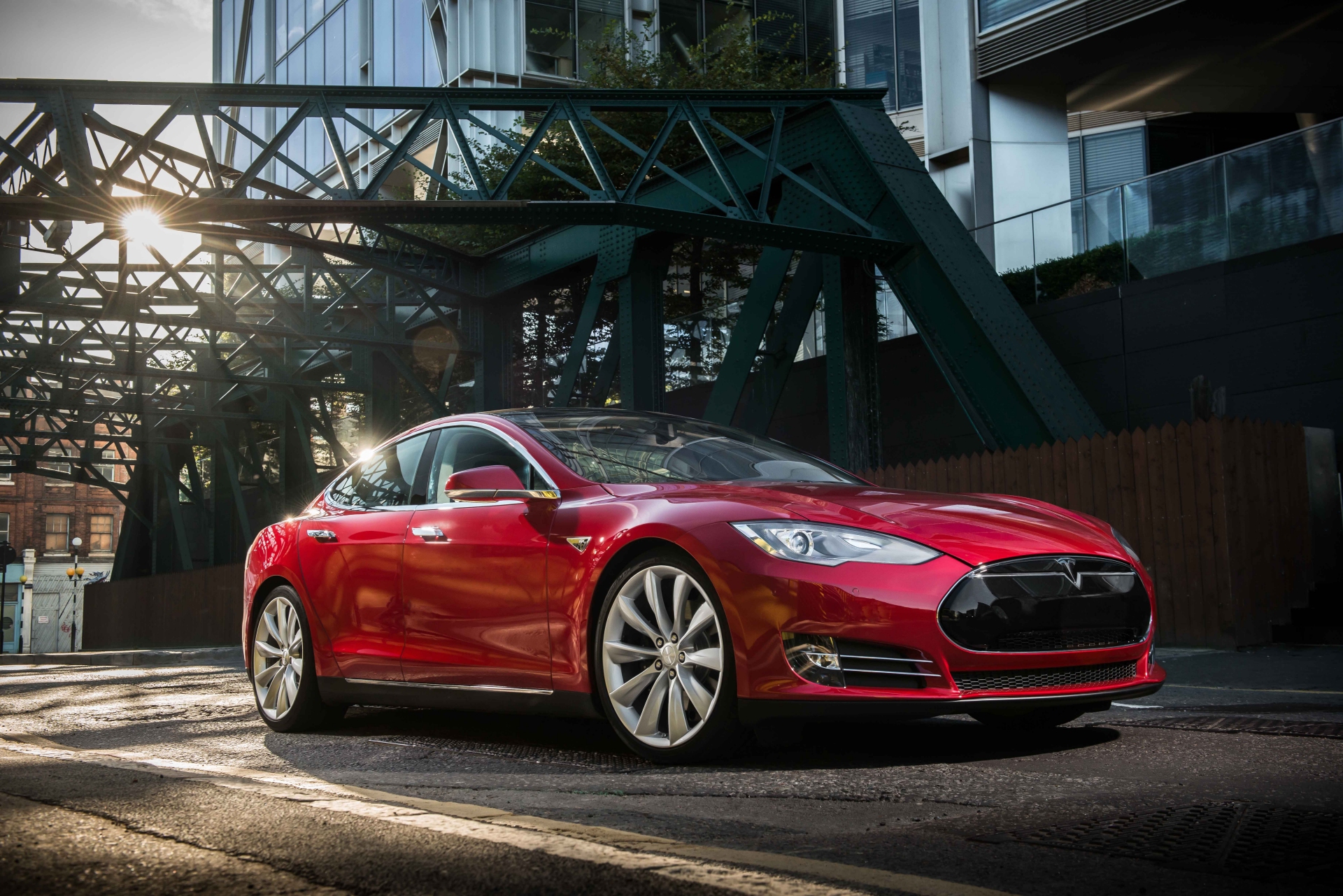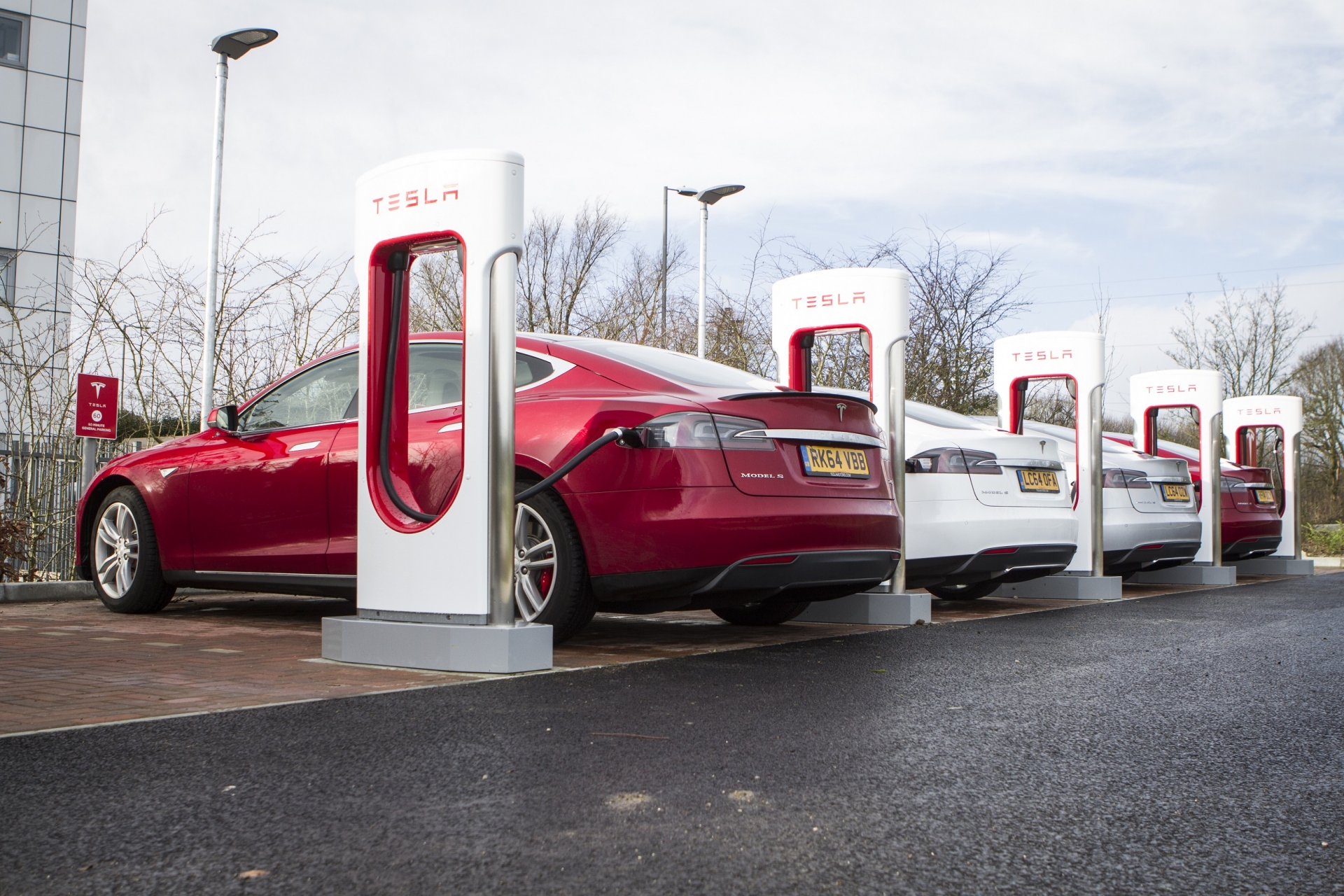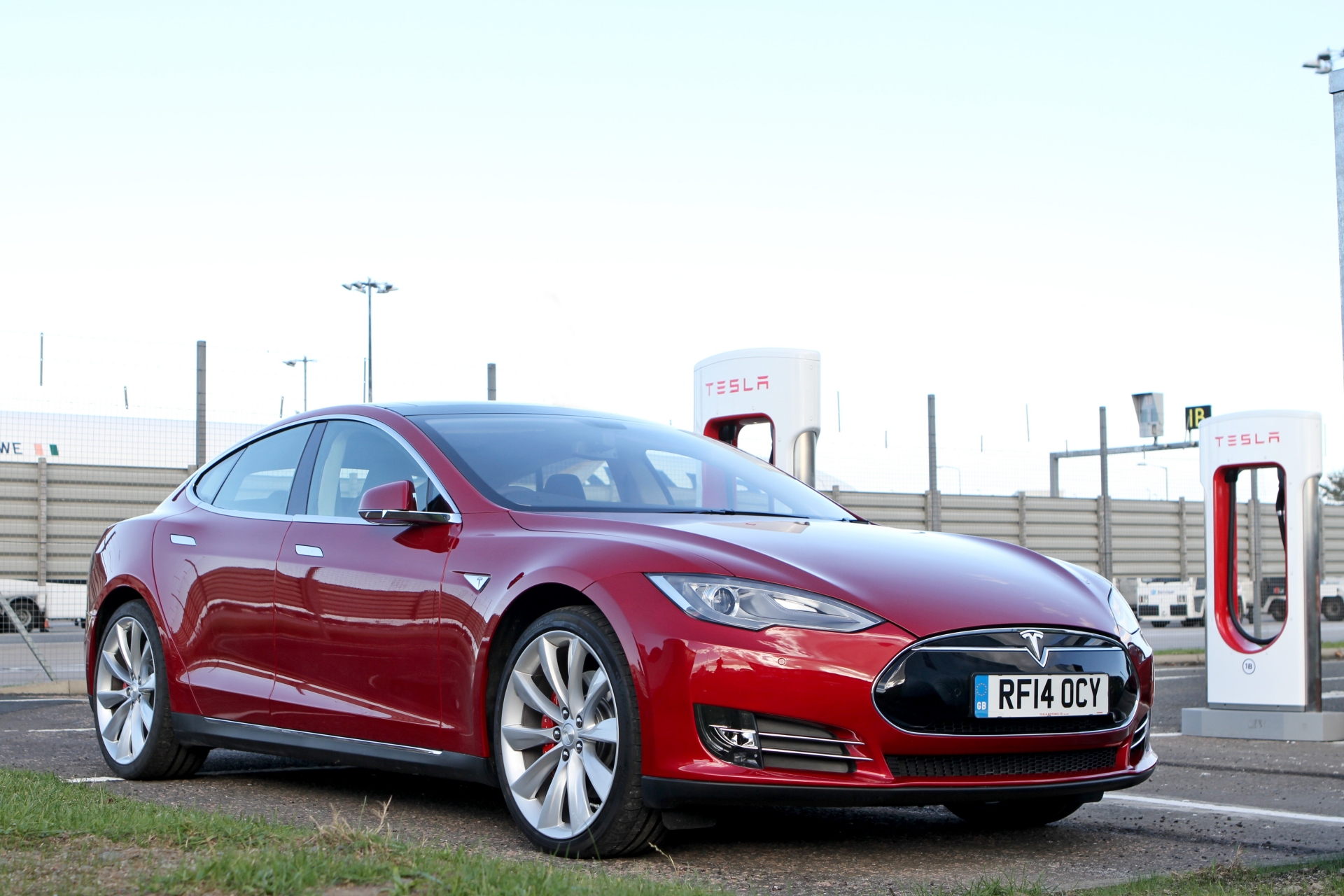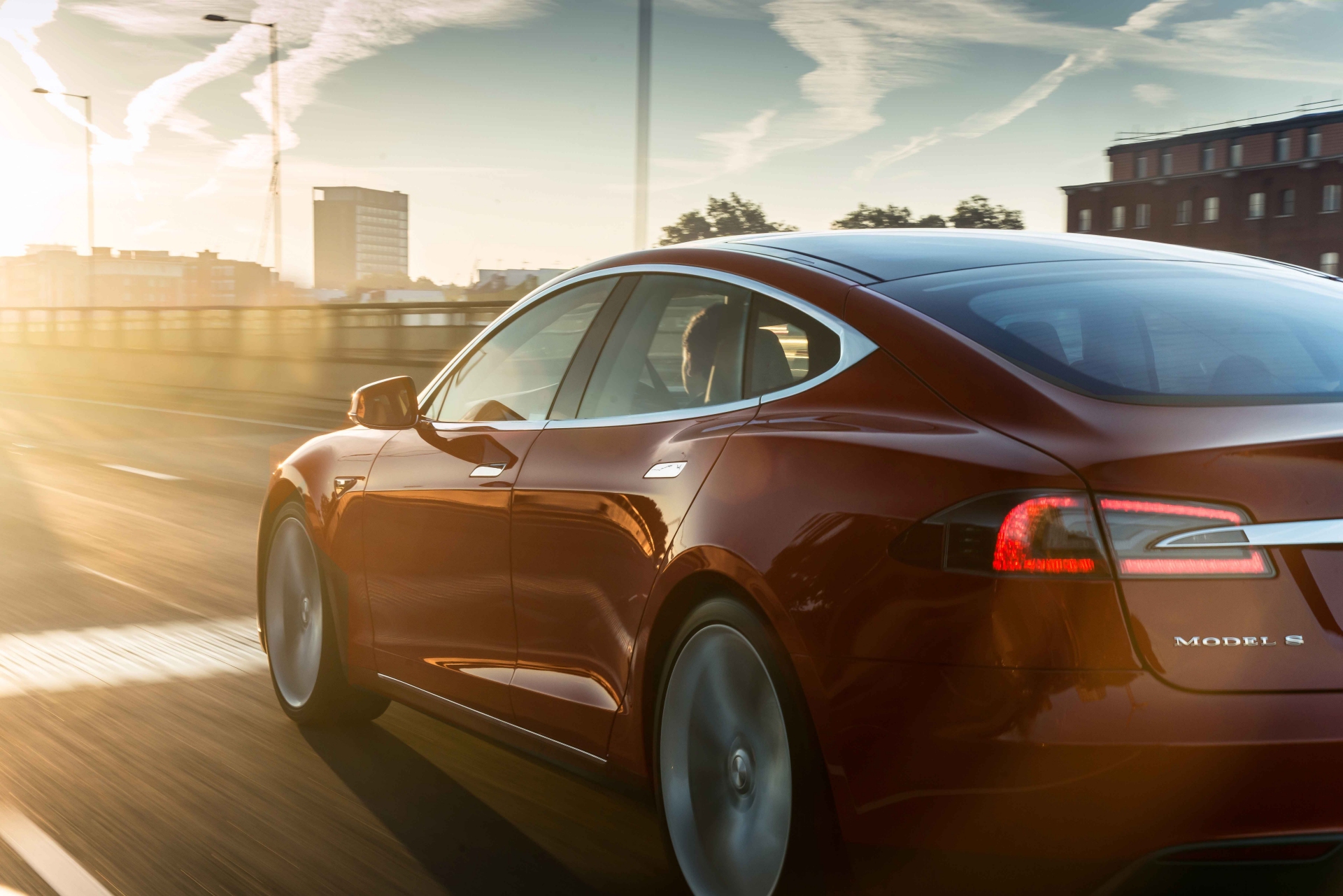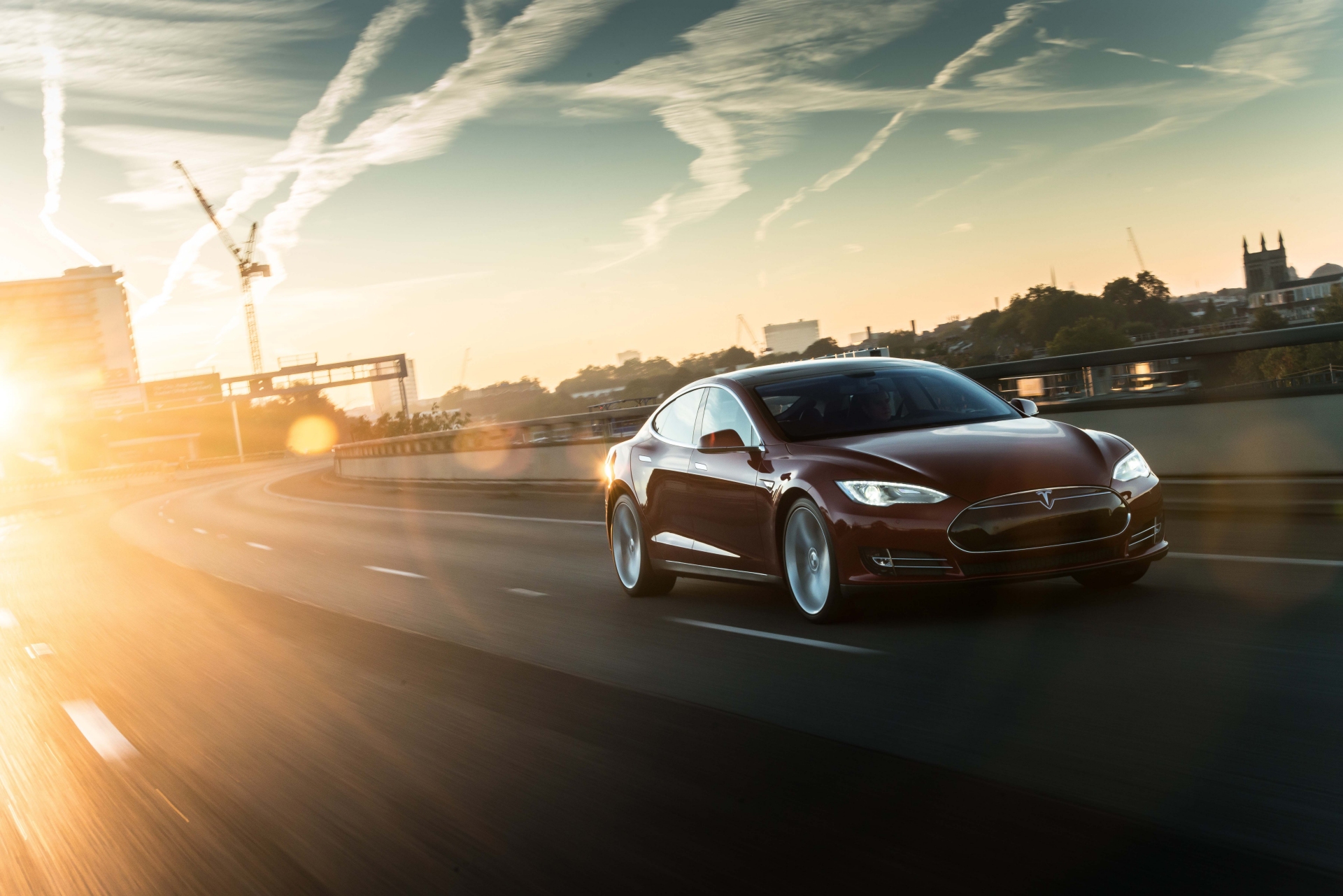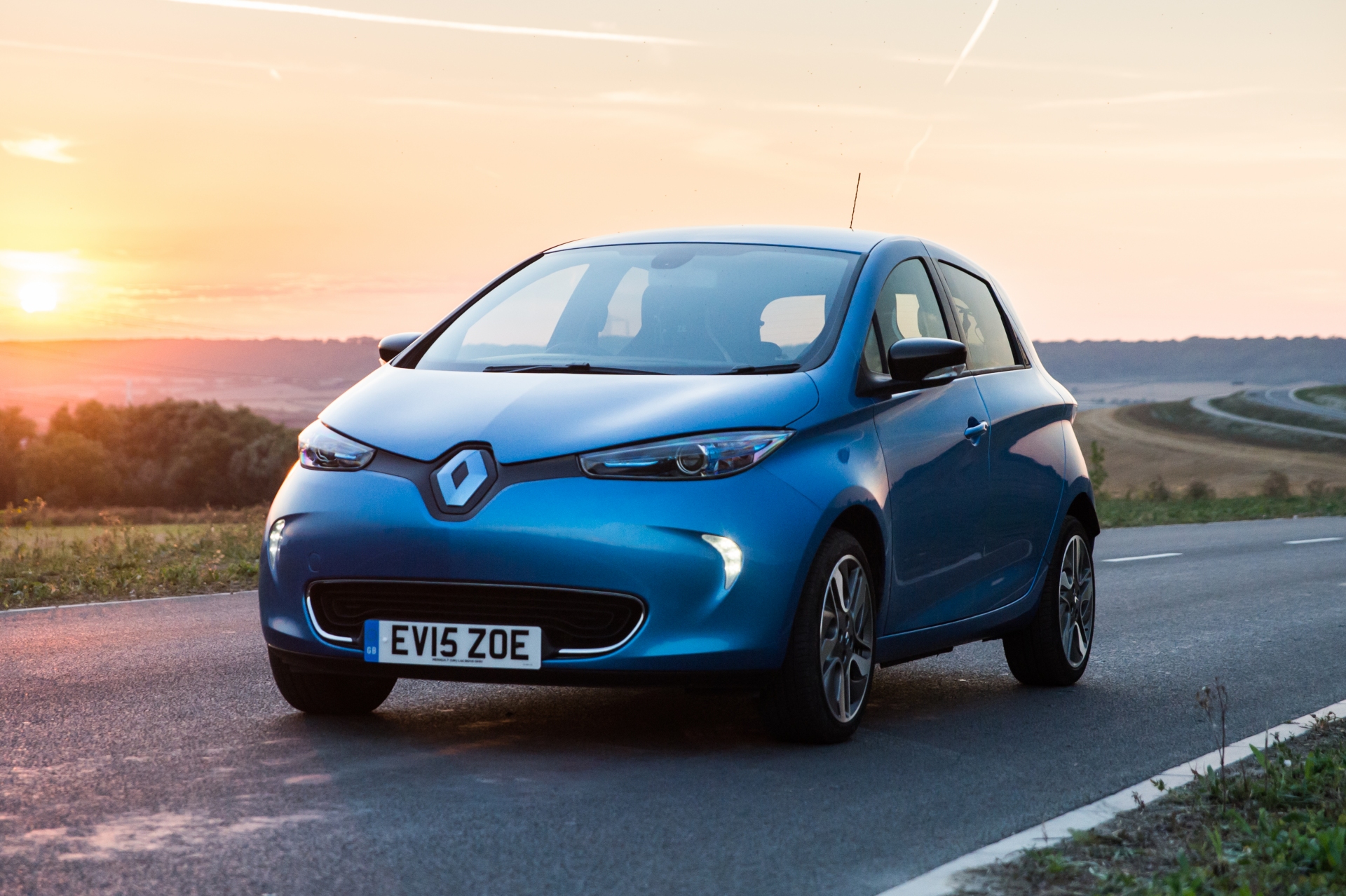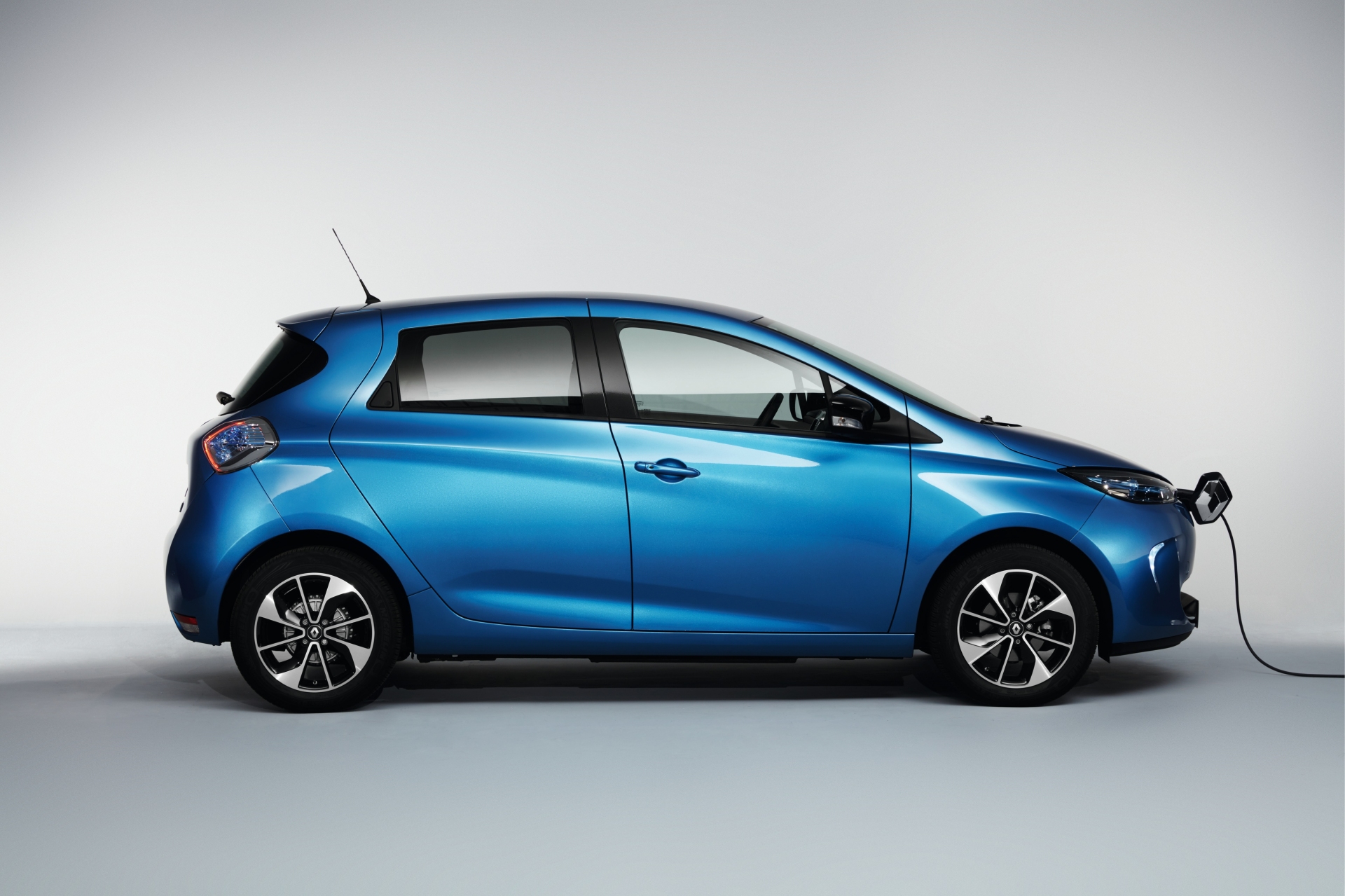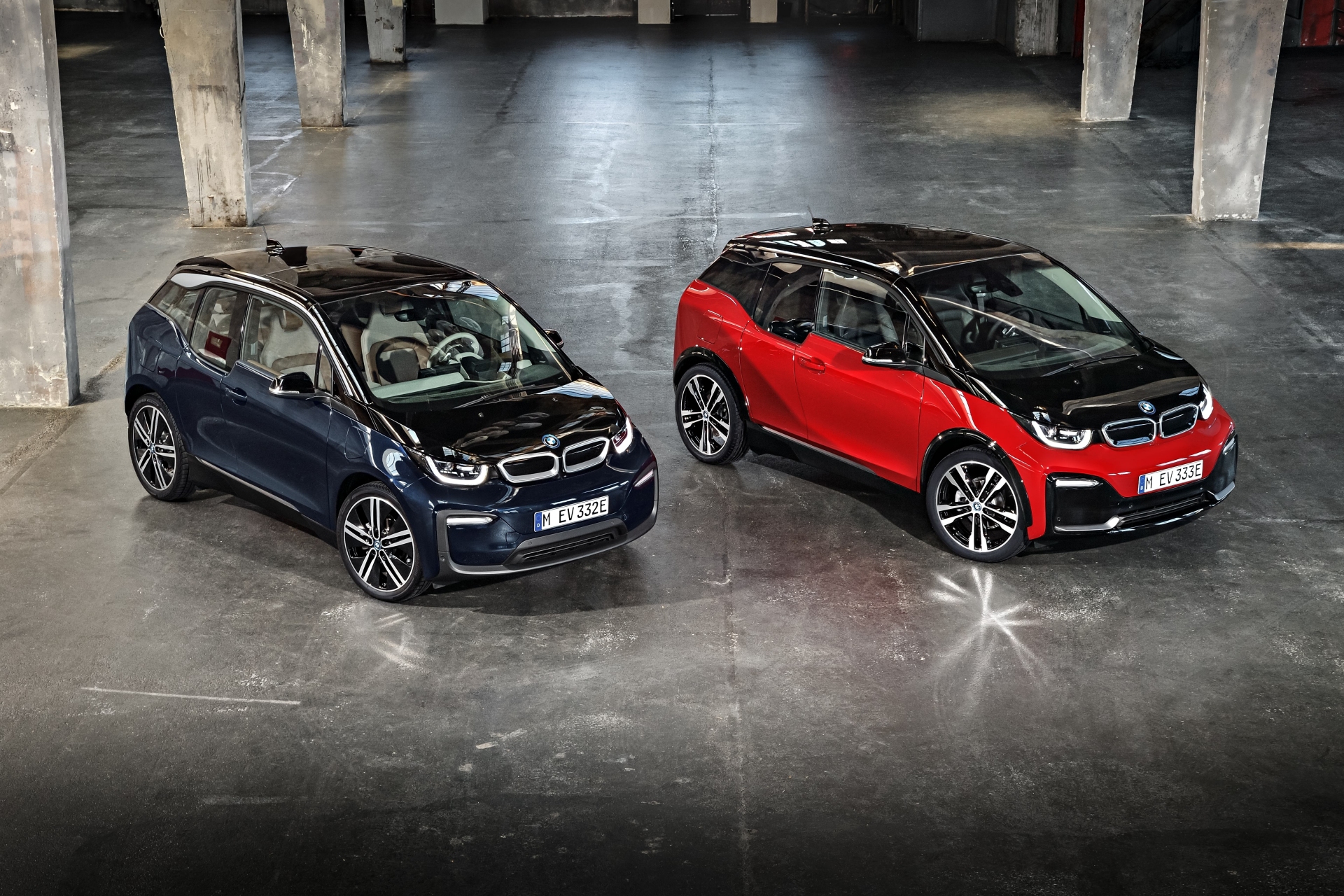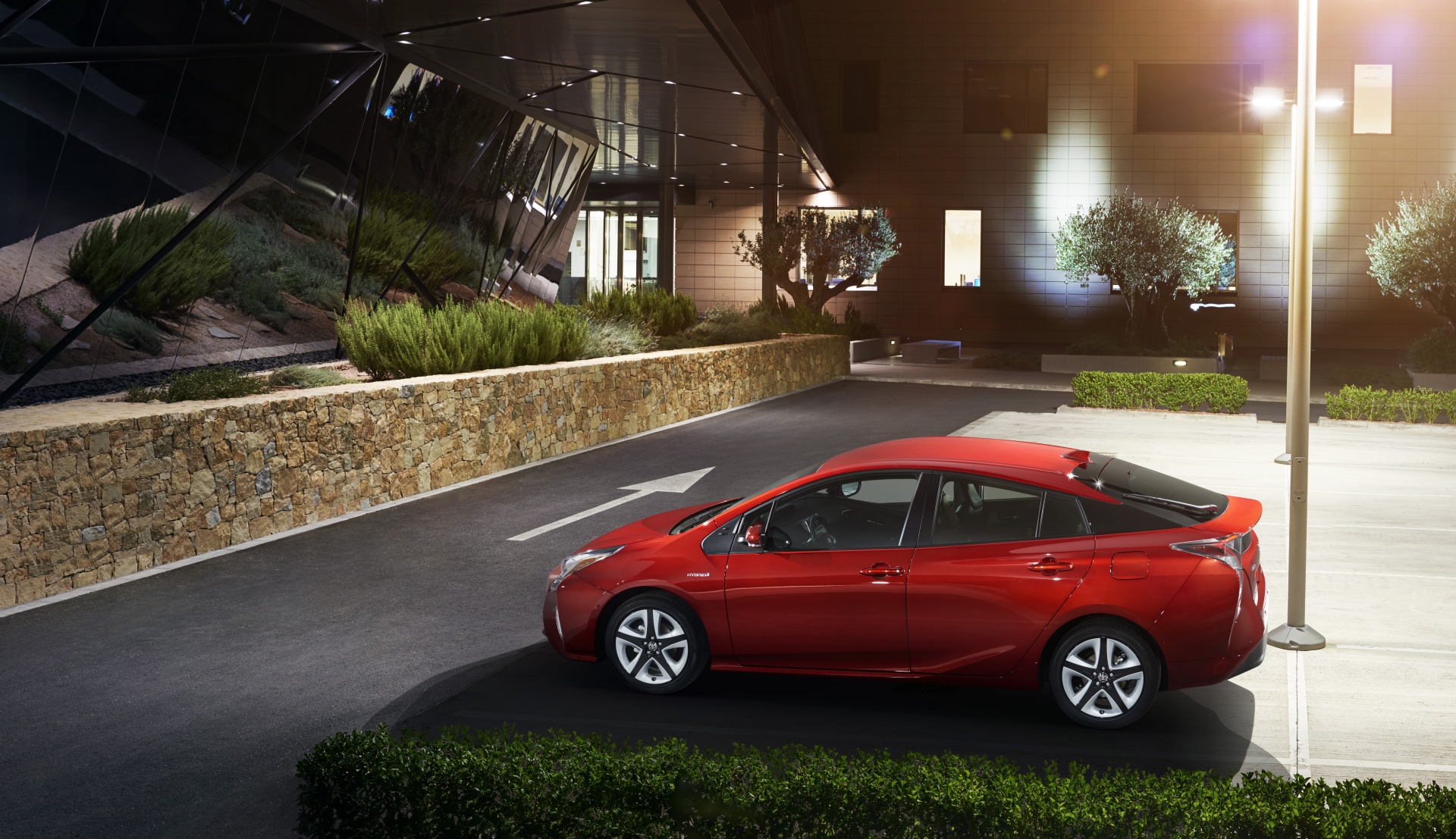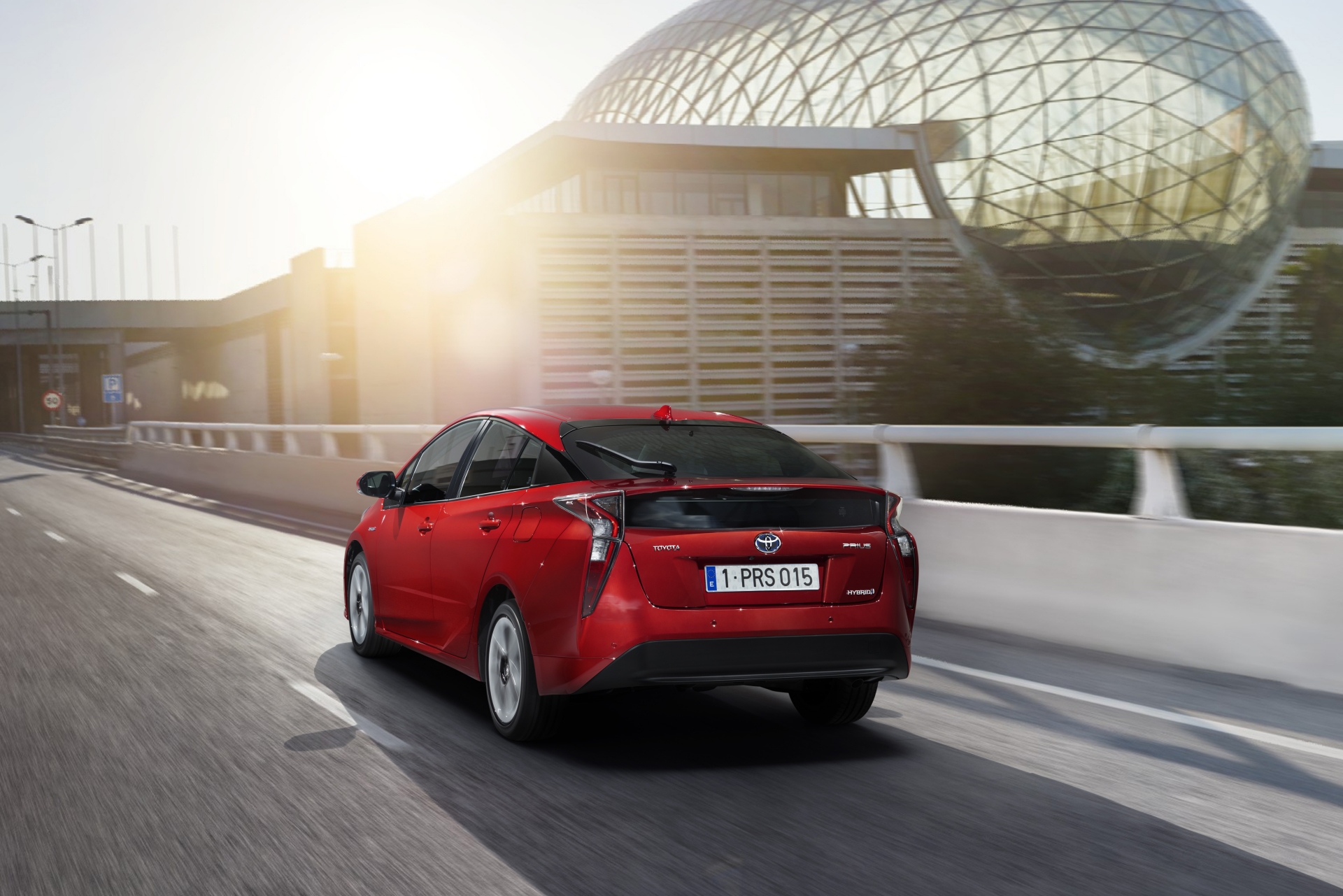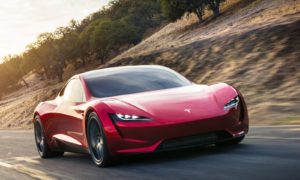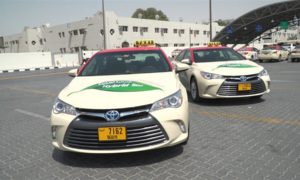We take a look at ‘Green cars’ i.e. electric cars and hybrid vehicles currently available in the market and their impact on the pocket and the planet!
So here we are, in the year 2017 – almost a score since the turn of the century! But unlike what movies, comics and even companies advertised a few decades ago, we neither have access to teleportation, domestic robots, a permanent colony on Mars nor flying cars, yet. What we do have are smart phones that can recognize our faces, a growing meme culture and an environmental crisis that involves the depletion of fossil fuels like petroleum and ‘Global Warming’. To counter such environmental issues, automobile manufacturers have started to churn out vehicles with alternative sources of propulsion, like electric cars and hybrids vehicles.
THE SURGE OF TESLA MOTORS
Recently, some of these car companies have been making the headlines. One such example is Tesla Inc. – a company based out of California, founded by the visionary Elon Musk, who happened to play a big hand in the progress of PayPal and Space X – the privately funded aerospace company. Formerly known as Tesla Motors, this company has been around since 2003, but only made its entry into the local scene this year, which was followed by a grand opening of a showroom on Sheikh Zayed Road. Besides being dubbed as the ‘Steve Jobs of the automotive industry’ by many, which gives the brand a boost, his cars have gained popularity thanks to their futuristic in design, tech-laden interiors and ‘green’ intentions – like the Model X crossover with the flamboyant gull wing doors and the Model S sedan – the world’s second best-selling electric car. Speaking of the Model S, there are several models available, each differentiated by the size of battery, which also indicates range and power of the motors. But the one that has caught public attention is the P100D – the King Pin – known, not just as an electric car, but a monster on the drag strip that has decimated the likes of Porsche, Ferrari and Lamborghini in the race to the quarter mile. It does so comfortably, even after being a heavy family sedan that seat upto 7 individuals and cheaper, you’d be as amazed as I was. And if you’ve ever wondered how it does it, you should know that electric motors are able to deliver maximum torque at launch and the traction of all-wheel drive systems help too. But let’s admit that although most of us would like to get one, the near AED 600,000 price tag means that we will settle for the cheaper versions that start at under AED 300,000, with smaller batteries, lesser range and acceleration.
Tesla is not the only manufacturer in the game, you also have the French company Renault which makes the smart car-like Twizy and the more conventional-looking Zoe hatchback. Even BMW has one and it’s called the i3.
RTA OFFERS INCENTIVES TO OWNING ELECTRIC CARS
Now if you purchase one of the aforementioned models, besides having the opportunity to drive something snazzy and unique…and doing your bit to save the planet – by not directly consuming petrol – there are plenty of perks that comes with it. The Dubai government has recently incentivized the ownership of electric cars in order to promote green mobility and sustainability around the emirate. Owners of such vehicles can avail free parking spots in 40 different locations provided by the RTA. They will also be exempted from RTA registration and renewal vehicle fees, and will get a free Salik tag upon registration. The RTA will also provide a unique plate number sticker for electric vehicles to help inspectors differentiate the vehicles in public places. Similarly, DEWA will enable these motorists to charge their vehicles at 100 green charging stations across Dubai for free until the end of 2019. Do keep in mind that this is exclusive for public charging stations and does not include home charging stations.
Sanjana Antony, a retail specialist, when asked about ‘Green Cars’ in general stated, ‘In order for the public to get on board, use of these green vehicles must either be made mandatory or must be incentivized, as the Dubai Government has done’. She also added by saying that the unfamiliarity with pure electric cars means that she and possibly others like her would prefer to have a transition period, one that involves owning something like a hybrid, powered both a petrol engine and an electric motor.
That does make sense, both from a psychological point of view and from the fact that hybrid cars have been around for longer and are a more tried-and-tested alternative to petrol cars. Infact, Dubai Taxi has been employing hybrid taxis for almost 10 years which makes a case for itself and you can differentiate them from the others by the huge ‘hybrid’ decal across their door panels.
THE COST OF RUNNING A HYRBID VEHICLE
Sure we all know that these economy-oriented hybrids are more fuel efficient than their petrol engine counterparts, but are they advantageous to the bottom line? Let’s compare the costs associated for running two such examples currently available in the market, shall we. The Toyota Corolla with the 1.6-litre engine has a starting price of AED 67,500 and its hybrid equivalent is the venerable Toyota Prius, which has a base price of AED 89,900. Assuming the average driver does 2,000 kilometres a month, his or her total mileage would amount to 24000 kilometres a year, approximately. Now, in terms of fuel economy, Toyota claim they can achieve as much as 18.1 km/litre and 26.1 km/litre, respectively. And if these cars perform as their companies claim, the number of litres consumed by each car would be 1326 litres and 920 litres, respectively. That brings the total cost of fuel per year – based on the rate of AED 1.9 per litre of Special 95 for September – for both cars, AED 2519 and AED 1748. This leaves us with a difference of AED 771 per year. Taking into consideration the price differential of the vehicles, it would take almost 3 years to offset the premium you pay for the Prius. That being said, if we compare it to the 2.0-litre Corolla which wears a starting price of AED 71500 and has a claimed economy of 16.5 kms/litre, it would still take about 2 years to offset the premium.
So although, hybrids like the Prius are more economical, it’s the premium pricing that cuts their advantage of at the knee and it seems that manufacturers and/or distributors are still to get it right before it makes perfect financial sense. But meanwhile, if you plan to get one, you can drive around with your head held high, considering you’re not burning as much petrol or generating as much carbon dioxide as the other guy who lives across your street.
WHAT YOU DRIVE VS HOW YOU DRIVE
But that is only one aspect, in another outlandish test of economy seen on TV, a high-performance BMW M3 coupe was pitted against the frugal Toyota Prius. The Prius was expected to lap the circuit at full steam, while the M3 was only required to keep up. The result was quite the unexpected. The M3 consumed lesser fuel than the Prius. So if this was a fable at all, we learnt that it’s not only about what you drive, it’s also about how you drive.
Speaking about electric cars and hybrid vehicles, you should know that these vehicles also employ much larger batteries for obvious reasons and there are some related disadvantageous. They eat up some of the available boot space. For example, the regular gasoline-powered Porsche Panamera provides 500 litres of cargo space as opposed to 405 litres provided by the E-Hybrid. Tesla fortunately has cleverly concealed it under the floor of the car. Also, the hot desert climate has direct impact on battery performance, although the exact difference in range will only be known once we test drive one. And these batteries aren’t locally produced in most cases, which adds to the net carbon footprint instead of negating it. The main concern with these cells are how they are disposed after their lifecycle and what sort of environmental impact it will have. All is well, if they are recycled, else they are toxic and add to landfill.
THE FUTURE INEVITABLE
So whether you like it or not, whether you consider yourself a true ‘motorhead’ who likes the smell of petrol, the thundering exhaust note or are loyal to traditional automobile brands and you wouldn’t want to see any of this go away…the future is coming and it is going to be green, electric and possibly be determined by radical new enterprises like Tesla. But how much real impact these ‘Green Machines’ i.e. electric cars and hybrid vehicles can make on the environment, their financial viability and the coping of infrastructure development with demand, is a story only time can tell. Regarding the days of the future, we spoke to two local entrepreneurs who also happen to be friends, Abhay Mahajan and Mark John. Both accepted the idea that “there are other ways of reducing fuel consumption, like introducing car pool lanes etc.”, but also added that even though gasoline is relatively cheap in this region, they would consider purchasing an electric car like the Tesla, simply because they are noiseless, practical, quirky and clean.
So what do you think of electric cars and hybrid vehicles? Do you think they are a boon or a bane? Are you planning to buy one? Let us know in the comments box below.

